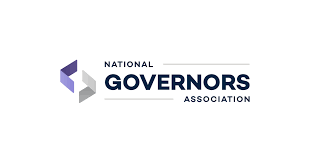Background
Childrens cabinets typically comprise key public and private sector experts and can be critical to the cross-agency coordination of the Governor’s children’s initiatives. A powerful tool in a Governor’s arsenal, they can foster momentum across multiple different departments and can compel resource alignment across siloes. Each children’s cabinet structure and mission is unique, but many include voices from education, human services, child welfare, child care, juvenile justice, or behavioral health and can facilitate cross-agency collaboration, enabled by strategic design and governance structure.
Speakers
- Meghan McCann, Vice President of State Policy, Forum for Youth Investment
Key Takeaways For States
As of 2019 , there are 27 states with some sort of children’s cabinet structure in the state, with 8 cabinets embedded directly in the Governor’s office.
Composition and mission of the body may differ, including:
- The host of the cabinet, whether that’s an agency, the judiciary, or the Governor’s office directly
- The charter, purpose, or scope of the cabinet:
- Out of FFYI’s 2019 survey, the most common focuses for children’s cabinets were youth workforce opportunities, K-12 education, child care, juvenile justice reform, and economic opportunity
- Maine’s Children’s Cabinet has two overarching goals: 1) children enter kindergarten ready to succeed, and 2) all youth enter adulthood, healthy, connected to the workforce and or education
- The number of dedicated staff, if any, that serve the children’s cabinet
- Staffing for children’s cabinets is varied: most have less than 1 staff member, while 7 out of 30 had more than 6 dedicated staff
- Membership composition:
- While composition depends on the cabinet’s unique purpose, most children’s cabinets contain representatives from K-12, health and human services, and child and family agencies
- 21 of the 30 surveyed states included child welfare, and 11 included juvenile justice
- The amount and source of dedicated funding:
- Most states allocated appropriations directly to a children’s cabinets, either by a Governor’s executive budget (like Kansas), or by agency budgets (like Minnesota)
Indiana’s Children’s Cabinet, which is a three-branch effort, and while it is currently embedded in the judiciary, it switches “hosts” every 2 years
Minnesota’s Children’s Cabinet, with is embedded within the Department of Health and Human Services, and helps determine budget asks based on fiscal mapping of existing children’s initiatives

